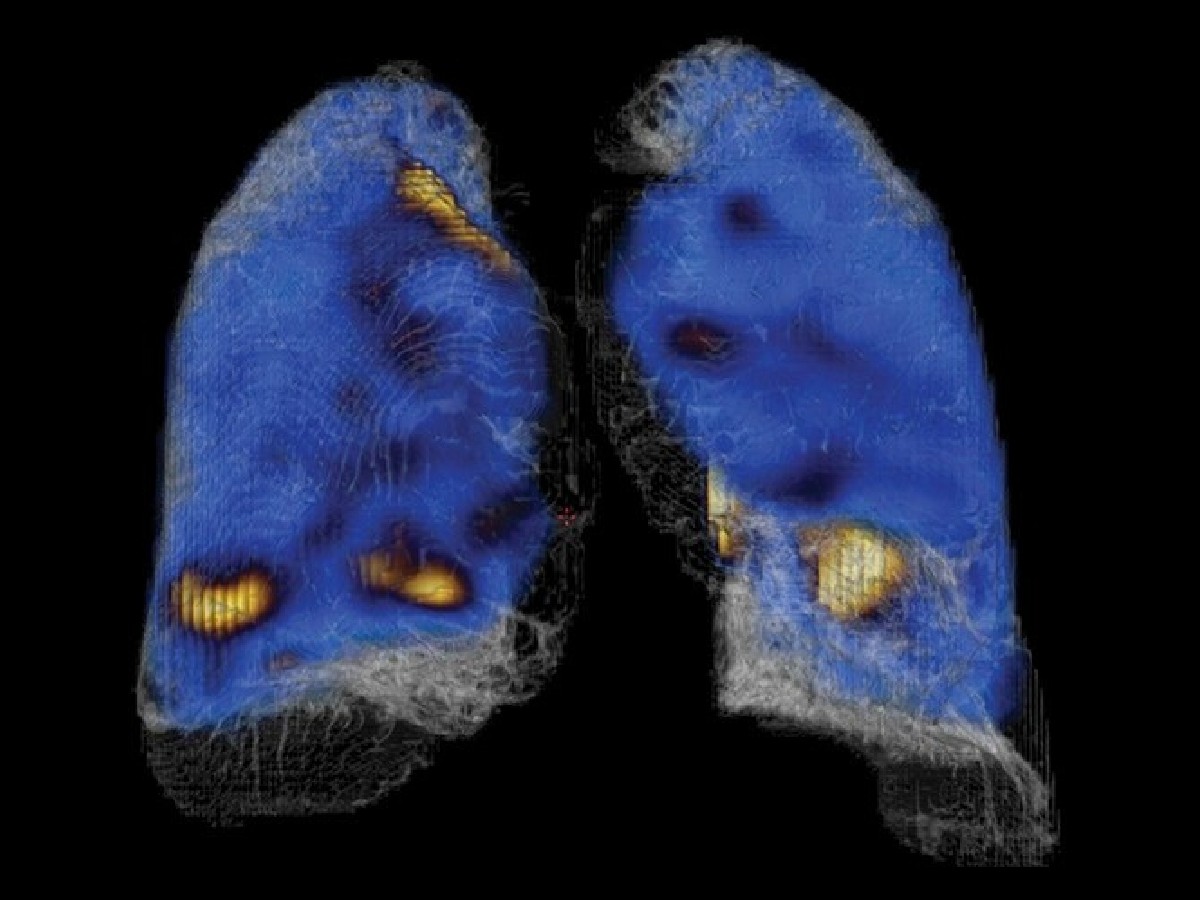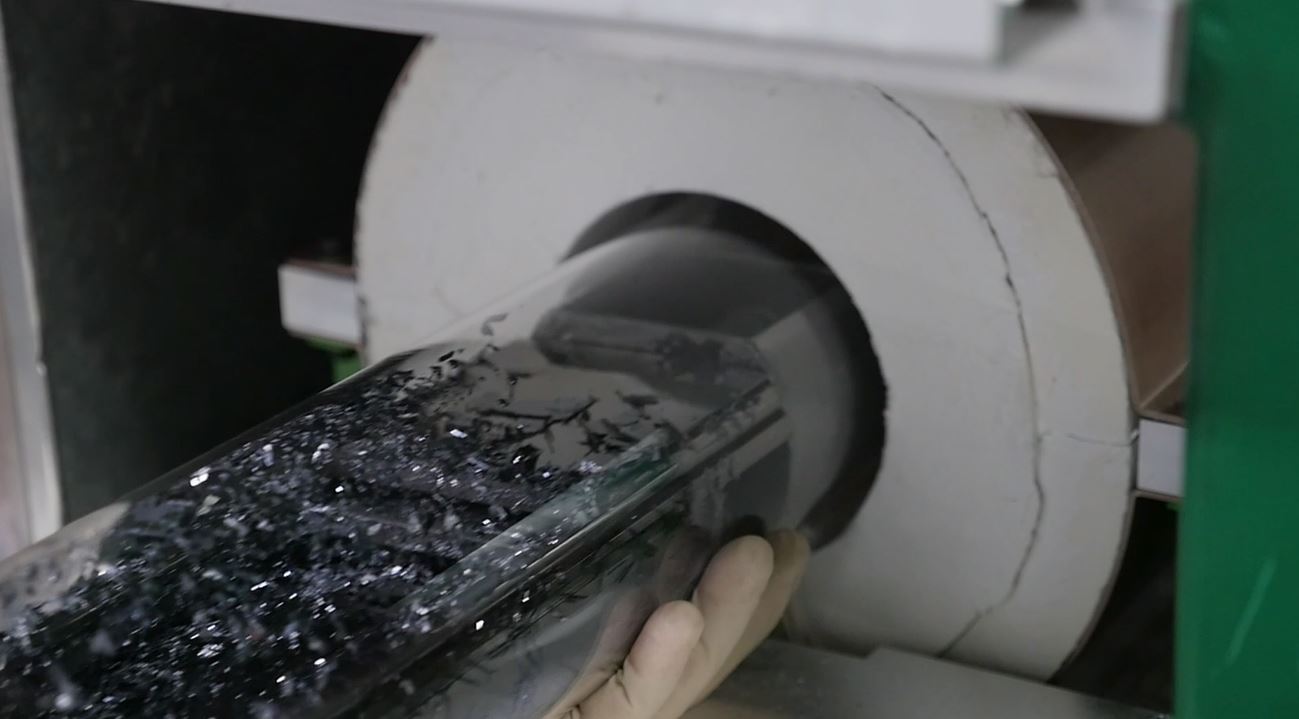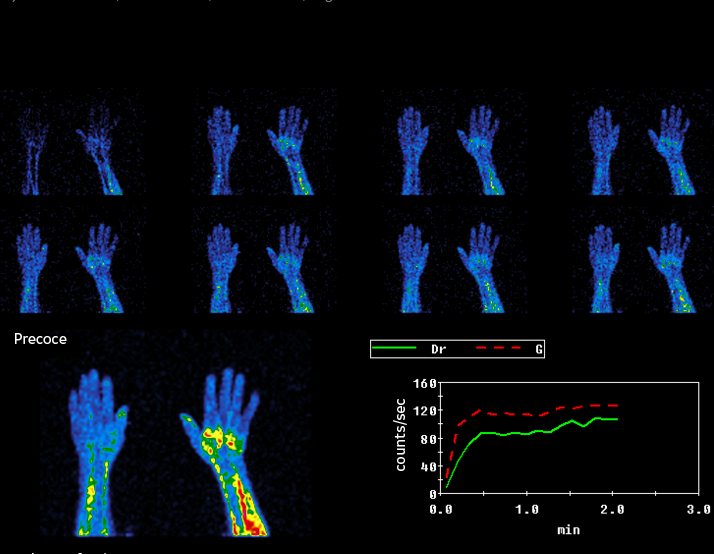Enhanced resolution helps yield a more accurate diagnosis
When GE Healthcare introduced Hawkeye, the first commercially available SPECT/CT system back in 1999, it represented a genuine breakthrough in the field of nuclear medicine. Seemingly overnight, physicians had access to a practical, yet powerful tool that combined the incredible sensitivity of Single Photon Emission Computed Tomography (SPECT) with localization by cross-sectional imaging capability of Computed Tomography (CT).
The dawn of hybrid imaging had arrived, and with it the now very real practice of individualized medicine. Suddenly, physicians were able to more accurately locate lesions within the surrounding tissues, differentiate physiologic processes from pathologic processes, diagnose with greater certainty, and create patient-specific treatment plans. The breakthrough of hybrid imaging was as much a revolution as it was a revelation.
Enhancing SPECT with CZT
Since the introduction of SPECT/CT and hybrid imaging, many technological advancements have increased the performance of SPECT technology. Perhaps none of these advancements proved as impactful as the use of Cadmium Zinc Telluride (CZT) semiconductor material within the detector.
Since the introduction of SPECT/CT and hybrid imaging, many technological advancements have increased the performance of SPECT technology. Perhaps none of these advancements proved as impactful as the use of Cadmium Zinc Telluride (CZT) semiconductor material within the detector.
Chosen for the high atomic numbers of cadmium and telluride, CZT is highly sensitive to gamma- and X-ray radiation. CZT is also a direct conversion material, meaning the gamma radiation it detects is converted directly into a digital signal without the need for a bulky, analog scintillator or photomultiplier tubes common to all previous generations of NaI-based SPECT cameras.
With no scintillator or photomultiplier tubes in the way, technicians can position the detector closer to the patient without sacrificing patient comfort. This is where the benefits of CZT in SPECT imaging really come to the fore.
In nuclear medicine, closer-proximity imaging is critical for higher quality images. With CZT, closer proximity is only the beginning of the enhanced-hybrid-image-quality story. CZT detectors from leading manufacturers utilize registered collimation, where every hole in the collimator is aligned with a single corresponding pixel (of which there may be tens of thousands) in the detector head. With registered collimation, the location of each gamma ray photon detected is more accurately resolved. CZT also plays a role in increasing the contrast-to-noise ratios of SPECT cameras, further improving their image quality.
Another potential benefit of enhanced sensitivity of CZT-based SPECT is its effect on scan times and radiopharmaceutical dosages. Depending on the SPECT system, clinical task and other factors like the desire for maximal patient comfort, increased image resolution, or reduced radioactive injection, you may be able to enable reduction in scan times or injected doses.
A marketplace of options
As a general rule, hybrid imaging that takes advantage of CZT technology is an ultra-premium offering. So don’t be surprised to find a number of advanced features included in the SPECT/CT technology bundle.
On the CT side of the equation, 32-slice overlapped reconstruction capability and CT Smart Dose technologies are offered by manufacturers. SPECT features commonly include 3D whole-body scanning and simultaneous dual isotope imaging.
All manufacturers offer some level of image reconstruction and workflow productivity software to tie it all together. Of course, with such software, the devil lies in the details. Staff physicists often scrutinize many performance claims and features before any SPECT/CT purchase decision is made.
When you enhance the quality of hybrid imagery with the improved energy resolution and superb contrast-to-noise ratio of CZT technology, you only move closer to the overall goal of every physician, caregiver, administrator and medical manufacturer: help improve patient outcomes.
Since its introduction, hybrid imaging has helped physicians improve diagnostic certainty, provide a deeper understanding of the patient’s condition, and provide him or her with a more personalized care pathway.
When you enhance the quality of hybrid imagery with the improved energy resolution and superb contrast-to-noise ratio of CZT technology, you only move closer to the overall goal of every physician, caregiver, administrator and medical manufacturer: help improve patient outcomes.
Keep exploring to learn more about our Cadmium Zinc Telluride (CZT) technology in a premium hybrid SPECT/CT camera.



